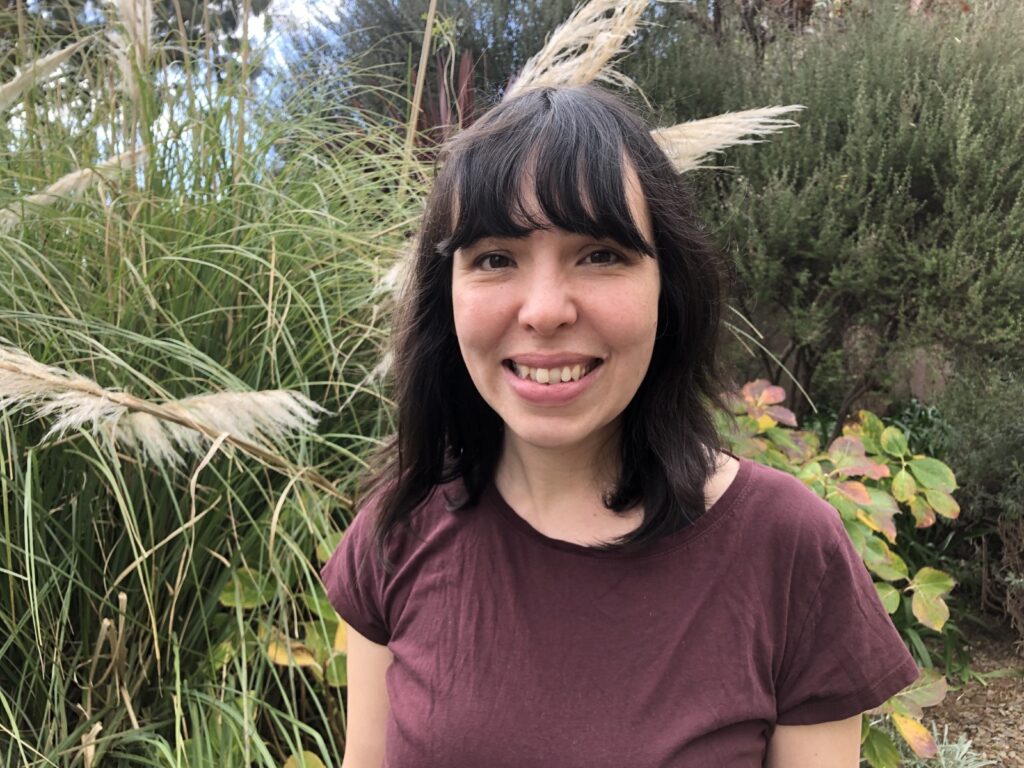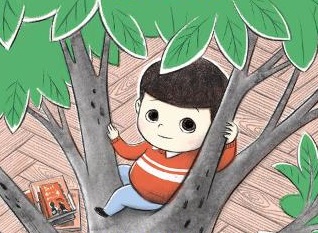Discover the power of change, conservation and making a difference with
The Boy Who Grew a Tree!
Download this resource here:The Boy Who Grew a Tree
Download an extract from the book here: KO-The-Boy-Who-Grew-A-Tree-extract
Watch Polly Ho-Yen’s event at Edinburgh International Book Festival 2022 here: https://www.edbookfest.co.uk/the-festival/whats-on/saving-the-world-one-library-at-a-time-with-polly-ho-yen

Level:
P1–P3 / KS1–2
Explore themes of:
√ Change √ Conservation √Shared Spaces √ Community √ Making a Difference
Subject Checklist:
√ Expressive Arts √ English Language √ Social Studies √ Health and Well-being √ Science![]()
At a Glance
Before watching Polly’s event or reading the extract!
- What do you think is happening on the front cover? Where is the boy?
- How do you think the boy feels about what is happening? How would you feel?
- Do you have a school library? Why are school libraries important?
Book Cover Activity: We Love Libraries!
In Polly’s story, The Boy Who Grew a Tree, Timi grows a tree in his local library. Think about why a library is a good place to bring people together. First of all, come up with a list of reasons why libraries are important. You might want to consider your school library if you have one, your local library, or a library you have visited or read about. Use the ideas below to help you. When you have finished, create a poster showing why you LOVE libraries!
- Who goes to your library? Who is it open to?
- What is inside the library? What can people do there?
- What happens in the library? Are there any events or group sessions?
- How does your library bring lots of different people together?
Read the Extract
Taken from pages 1–14 of ‘The Boy Who Grew A Tree’.
Discussion Questions
- What story does the girl ask Babu to tell?
- Why do you think the girl asks Babu to tell this particular story? Do you think she likes it? Why?
- What has Timi ‘always liked’ to do?
- Where is the ‘little garden’? Why does Mum call it this?
- What is happening in Mum’s tummy? What is Mum growing?
- How does Timi imagine the baby inside Mum’s tummy?
- Where does Timi find space for the bean plant that he’s been growing at school?
- What fascinates Timi about the bean plant? What is ‘almost impossible to believe’ about it?
- What does Timi notice that other people don’t? What is he not as good at noticing?
- Why does Timi decide not to tell the other children about the beetle pupa?

Get to Know the Author and the Book!
Noticing the Natural World
In ‘The Boy Who Grew a Tree’ we learn that Timi notices things that ‘pass most people by.’ Even though he lives in a city, ‘surrounded by buildings and roads and cars and buses’, he spots nature everywhere. Do you take notice of the natural world around you?
- What do you think Polly is interested in? What passions might she have? How have these interests and passions helped her to write her book? Do you think Polly notices things in the natural world, just like Timi does?
- On his adventures (see Chapter 2), Timi notices the following things:
- The furry caterpillar on the leaf of the bush by the bus stop.
- The spider’s web on the pile of rubbish at the bottom of the block.
- The rocks in the little patch of grass by the playground with long pink worms beneath them.
- The rock hiding the most scuttling woodlice.
- Be more like Timi! Record the things that you can see in the natural world around you. For one week, keep a diary of everything you notice in your school playground, your school gardens, your school building, or on your journey to school.
- Set yourself a target for the number of new plants and animals you’d like to meet during the week. You can even take pictures or draw sketches of the amazing plants and animals that you discover!
- When you’ve completed your diary, write a poem inspired by what you have seen.

Your Turn: Start a Class Gardening Club!
Create Your own Little Gardens
Would you like to do some gardening, just like Timi? Why not start your own class Gardening Club? Get started by creating and designing your own Gardening Club membership badges!
- All you need to make your own class garden is a little bit of outside space or even just on a sunny windowsill, like the ‘little garden’ in Timi’s bedroom.
- What would you like to grow? Here are some of the different activities you might do in your Gardening Club:
- sowing seeds
- planting seedlings
- watering
- weeding
- digging
- caring for wildlife
- picking food
- tasting the food you’ve grown!
- Play a game of gardening charades! Mime one of the activities. Can your partner guess which one you are miming?
- Which activities are you looking forward to trying in your Gardening Club? How does a club like this make a difference in the community?
- In pairs or groups, design your own gardens. What features will your gardens have? Where will they be? Describe your gardens, draw plans, or make models.

Reflection and Further Questions
Reflection Activity
Think over all that you have learned. Perhaps you have been inspired to notice more in the natural world around you? Or you’ve designed a new school garden and set up a Class Gardening Club, complete with membership badges!
Make it your mission to visit some of the important community spaces around you – whether they are libraries or gardens. Perhaps there are some allotments or public gardens that you could spend some time in?
Lastly, do you have any final questions you would like to ask Polly if you got the chance? Try to think of at least two and make a note of them.
Keep your eye out for more awesome books from Polly Ho-Yen, as well as the other authors from the Edinburgh International Book Festival!


